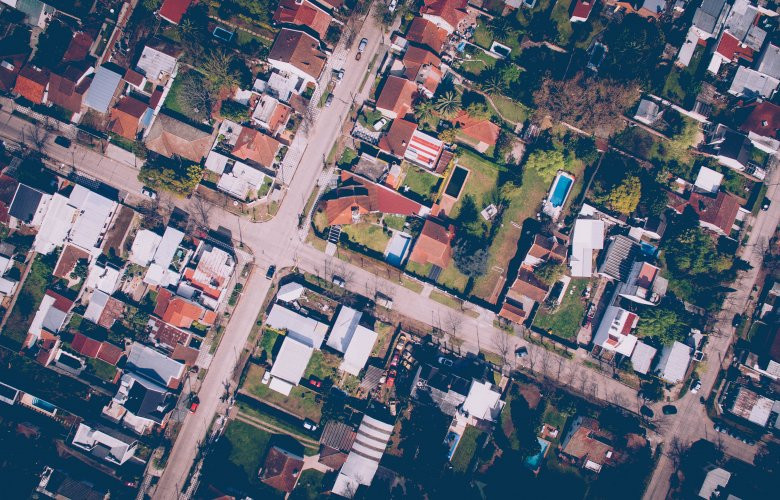Rents continue falling
Contact
Rents continue falling
New apartment supply, low wages growth and slowing population growth are causing rents to fall and sending yields to record lows.
Rental rates showed no signs of halting their downward trend in July, with the CoreLogic July Rent Index falling by 0.3% over the month to be 0.6% lower over the year.
Rising apartment supply, weak wages growth, and slower population growth is weighing on rents, according to CoreLogic research analyst Cameron Kusher.
Kusher said, “Once again the combination of all these factors means that landlords have little scope to increase rental rates in this current market.”
In July, rental rates dropped in all cities except Melbourne and Hobart.
The combined capital city median weekly rent was $483 at the end of July, the lowest rate since December 2015. Combined capital city rental rates are $485/week for houses and $467/week for units.
Kusher said, “It is anticipated that the rental market weakness will persist and that on an annual basis rents will continue to fall over the coming months.”
Over the past 12 months, rental rates have increased in:
* Sydney (+0.4%)
* Melbourne (+2.0%)
* Hobart (+6.2%) and
* Canberra (+1.9%).
Rents have fallen over the past year in:
* Brisbane (-1.0%)
* Adelaide (-0.5%)
* Perth (-9.2%) and
* Darwin (-15.7%).
While rental rates are falling and values continue to rise, gross rental yields remain at record low levels.
Read more:
Melbourne suburbs where it's cheaper to buy than rent
Rents are rising more quickly in regional areas than in cities





